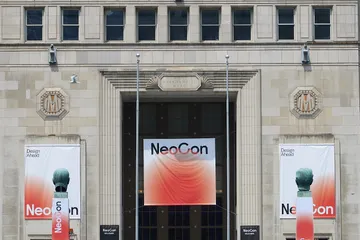Hotel Northland's Comeback Story: Why We Should Care About Preservation
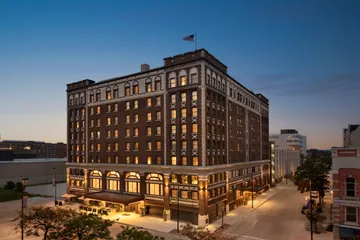
Each May, the design world celebrates Historic Preservation Month to recognize our profession’s contribution in maintaining our nation’s unique history. The story of Hotel Northland’s restoration in Green Bay, Wisconsin is an exceptional example of how a dedicated and determined team of designers can restore a once-forgotten building to new glory, instilling pride and investment into the community. As described by the Green Bay Press Gazette, the restoration of Hotel Northland “marks an epoch in the city's history and visible evidence not only of the growth which Green Bay has enjoyed, but of the growth it is destined to enjoy.”

A Storied Past
Lovingly referred to as the “Grand Dame” of Green Bay, Hotel Northland is 1924 nine-story, Tudor Revival Style building designed by prominent Milwaukee architect Herbert W. Tullgren. Once the largest hotel in Wisconsin, it was considered the centerpiece of Green Bay’s social, cultural and civic scene for over 50 years, hosting celebrities, politicians and even serving as temporary headquarters for the NFL in the 1960s.
As with many buildings of this era, economic hardships befell the storied property and it was converted to serve a new purpose rather than its original design. As such, the building was converted to senior apartments in 1979 until 2010 after which point it was vacated. Sadly, this once former crown jewel of the community had become a dilapidated and deserted shadow of its former self.
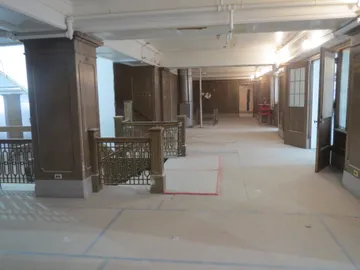
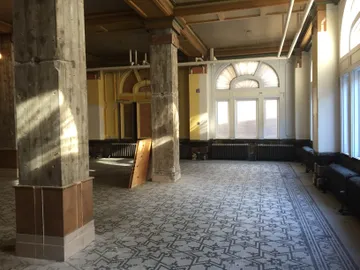
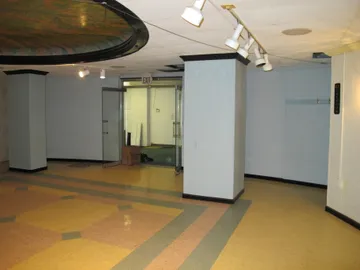
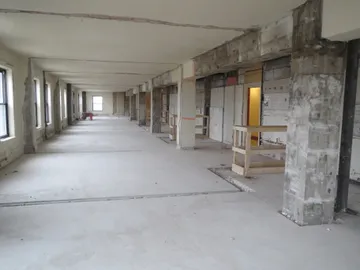
A Promising Future
Rather than dooming the building to demolition, the city of Green Bay was determined to restore the building and leverage the investment as a catalyst to reinvigorate the surrounding downtown community. Kahler Slater, as part of a development team, was challenged to rehabilitate the landmark to its original 1920’s appearance and function. Jeremy Happel, Architect on our Hospitality Team, began with an intimate evaluation of the building’s condition and subsequently, created a plan to restore the historic details that had been removed or had fallen into disrepair. Great care was taken in distinguishing which finishes were historically significant from those that were new. Often, renovations of this scale mirror an archeological dig site, searching for clues and uncovering layers of “improvements” to reveal the original details. With a background in historic preservation, Happel brought the determination and boundless patience needed for the job.

As with all great comeback stories, the architectural renovation was neither easy nor quick. Strict adherence to the Secretary of the Interior’s Standards for Rehabilitation required the project team to be nimble in responding to programmatic, historic and aesthetic considerations throughout the entire design and construction administration process. Updating the original 1920s building to meet current code requirements and retain aesthetic integrity was an artful dance that lasted five years. Throughout the process, local craftsman played an integral role in reviving important details that had been removed or showed signs of decay. Careful study and interpretation of historic photographs and drawings were required to restore and/or recreate the historic copper canopies, entrances and transoms. Interiors were given the same attention, with special consideration given to the vintage floors and hand-detailed plaster, while updating the rooms to include contemporary amenities.

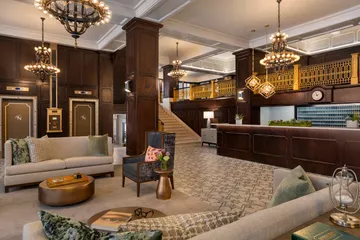
The community of local artisans that assembled to make this renovation a reality reflected an important step in returning this building back to the people of Green Bay. It is this shared sense of history that helps build connection to places that matter, but historical preservation is not simply about saving an old building. It is about the intrinsic value that these buildings possess for their communities—the stories that they hold.
Powerful Results
Now steeped in both history and modern luxury, the Hotel has been recognized by both the design community and the public. In 2019, Hotel Northland earned the Historic Restoration Award from the Wisconsin Historical Society. A juror’s stated “A faithful preservation of both function and detailing, the project reminds us that the best intervention we can make is to notice and revive all the treasurers we already possess. The public spaces have been exquisitely renovated, recalling an earlier time for this hotel while the guest rooms feel modern and inviting. The project team found a way to weave in infrastructure almost invisibly.”
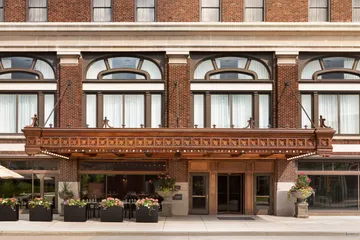
Additionally, the project was recognized by the American Institute of Architects Merit Award in 2019, noting it was “a restoration that weaves historic architecture with contemporary design to create a boutique hotel.”
Perhaps most importantly, though, is the pride the restoration injected into the greater Green Bay community as well as the impact on the economy. In addition to job creation, the addition of a large, upscale hotel elevates downtown Green Bay and has a trickle effect on the surrounding businesses. The Greater Green Bay Convention & Visitors Bureau recognized that the opening of the Hotel added to the 3.1% increase in direct spending by visitors over the year prior and contributed to a stronger tourism economy.

As we look ahead to a future that will inevitably continue to push design and architecture to new boundaries, we are proud to also recognize and restore the pieces of our history that have defined us along the way. Hotel Northland, like many other great restoration stories, respects the past while integrating modern luxuries, ultimately paving a promising future for the Green Bay area.
